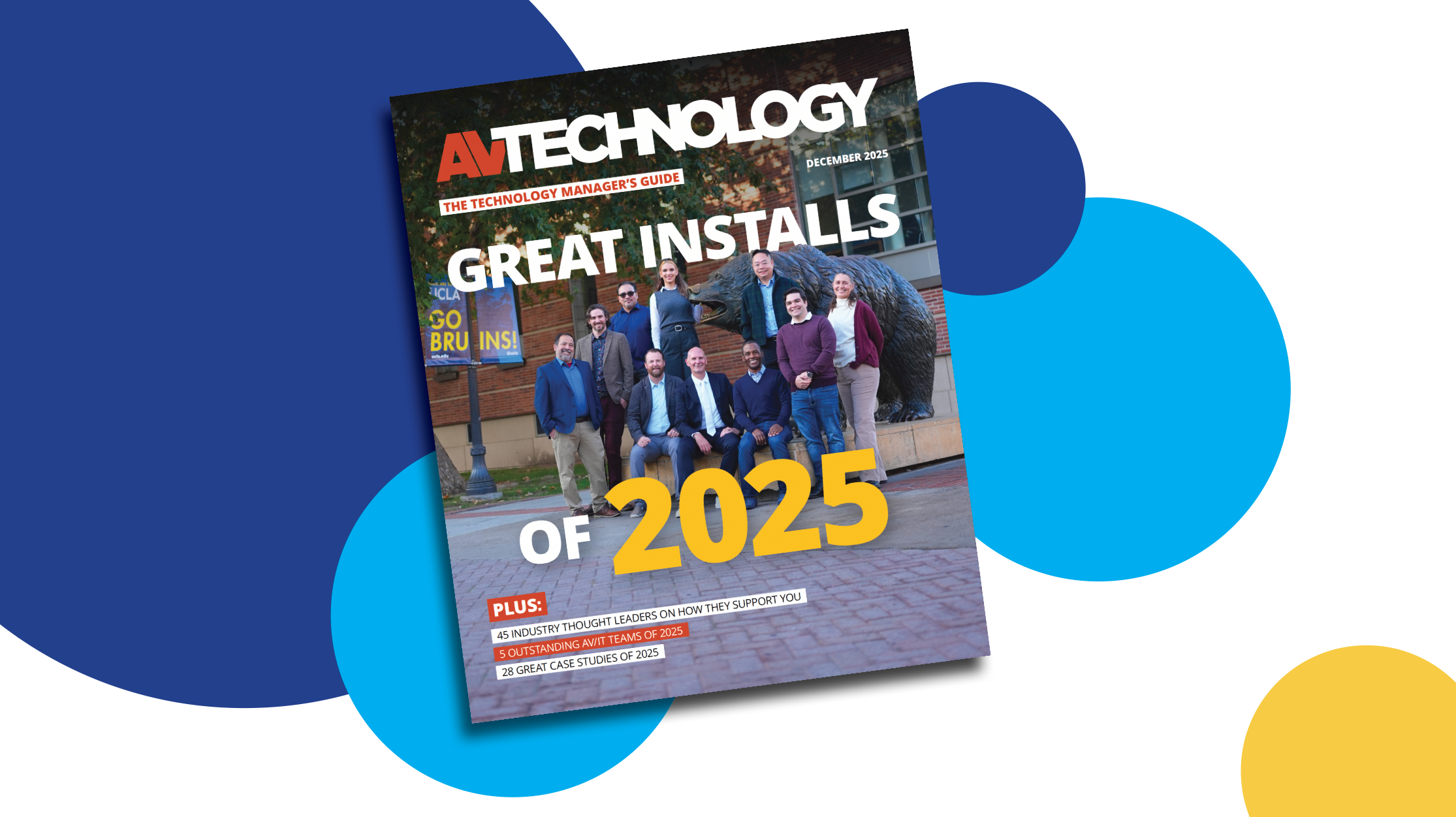On Image Matters: HDBaseT Alliance
Effi Goldstein, President of the HDBaseT Alliance, shares insight on what you need to know about display technologies today and in the future.

AVT Question: Please share your insight on what end users need to know about today’s displays, applications, content, cost of ownership, flexibility, and what to expect from future tech.
Thought Leader: Effi Goldstein, President of the HDBaseT Alliance
The professional AV industry is witnessing a significant shift towards video conferencing displays in wider aspect ratios like 21:9 and 32:9 to go along with the traditional 16:9 format.
As the UC&C space and technology adoption continues to develop, the trend in widescreen layouts accommodating both video and content, as well as additional meeting information in a single frame, is really gaining momentum as they offer an even more seamless experience while reducing the need for multiple screens." —Effi Goldstein, President of the HDBaseT Alliance
Initially, hybrid conference room setups featured a single widescreen monitor that, over time, expanded into two, allowing for both meeting participants and shared content to be seen simultaneously. The result was greater meeting equity and more dynamic hybrid meetings for participants. However, as the UC&C space and technology adoption continues to develop, the trend in widescreen layouts accommodating both video and content, as well as additional meeting information in a single frame, is really gaining momentum as they offer an even more seamless experience while reducing the need for multiple screens. While many soft codec software solutions already support these advanced layouts, installers and integrators cannot assume that their video distribution infrastructure automatically supports all these different screen setups as well. Therefore, it’s critical to verify the compatibility and flexibility of the room’s signal distribution equipment with these different aspect ratios and configurations to avoid potential issues during implementation.
17 AV/IT Industry Thought Leaders on AI, the Cloud and AV
On Supporting – You: 15 Manufacturers
On Esports: 15 Thought Leaders
On Next-Gen Audio: 15 Thought Leaders
On Visualization Technologies: 28 Thought Leaders
On Streaming Technologies: 15 Thought Leaders
A daily selection of features, industry news, and analysis for tech managers. Sign up below.
Macy O'Hearn has been a contributing writer to AV Technology since 2019 where her focus is working on the Technology Manager's Guides. In addition, O'Hearn has contributed articles to SCN, and is the editor for the 2022, 2023, and 2024 Digital Signage magazine.
